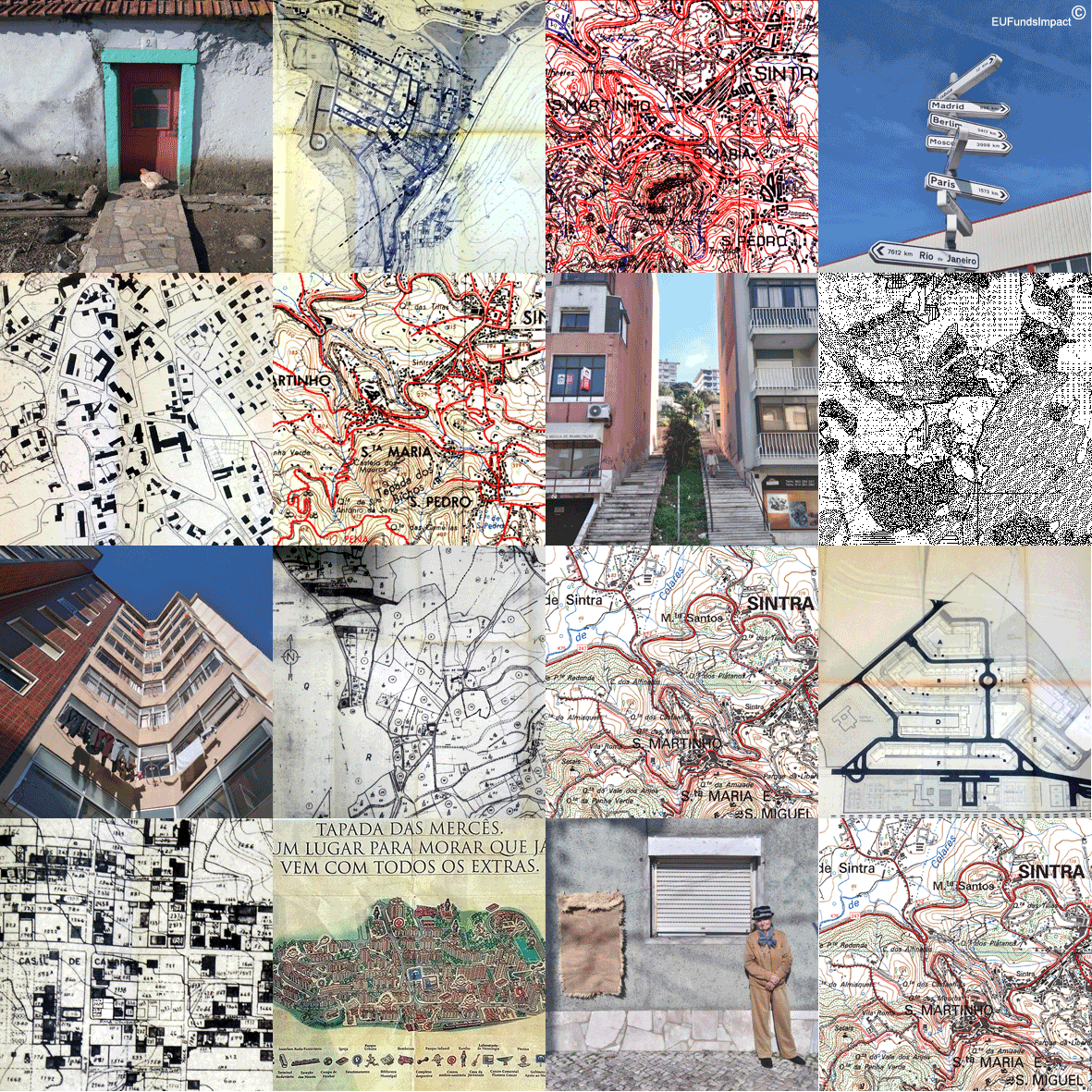

EUFundsImpact - European integration, urban and territorial planning policies, investments impact and urban organization of Lisbon Metropolitan Area. - The case of Sintra municipality from 1981 to 2011 is a research project aimed to understand and to identify the impact of national public investments and European structural funds in the territorial organization and the way how they have interfered in the planning process and in the increase of territorial fragmentation and commuting traffic, using Sintra municipality, as a case study, in the period 1981-2011.
This research project is based at the Faculty of Architecture of the University of Lisbon.
This project aims to identify the dimension, the intensity of the impacts of European Structural Funds and on Lisbon Metropolitan Area (LMA) urban and territorial organization and functionality, in the period 1981-2011, using Sintra Municipality as case study.
In fact, Portuguese integration in the European Economic Community (EEC), on 1st January 1986, after the economic crisis of the early 80s, was followed by the application of a large amount of European Structural Funds that allowed a very significant increase of public and private investment. In the following two decades (1991-2011) this was accentuated with a strong effect on urbanization and urban and territorial organization, population distribution and deployment of infrastructures.
The economic dynamics achieved through the opening to new European markets, the increased availability of access to bank credit for investment and consumption, taking advantage of the interest rates reduction, allowed and encouraged large residential real estate investments in Lisbon Metropolitan Area that accentuated the urban and demographic dimension of population size of Lisbon outskirts and contributed to the increase in commuting traffic.
Public policies that should frame and drive this territorial transformation to achieve a balanced territorial development, were not sufficiently able to do so. The rules and the schedules of European structural funds, without an adequate urban and territorial planning strategy, and its impact in Portuguese economy conducted to investment decisions unarticulated with the capacity of public administration to deal with them.
In this context, Sintra municipality, with a strong urban and demographic growth in period 1981-2011 (increased from 226 42 to 377 837 inhabitants) is a good example of this process of territorial and urban evolution and organization.




